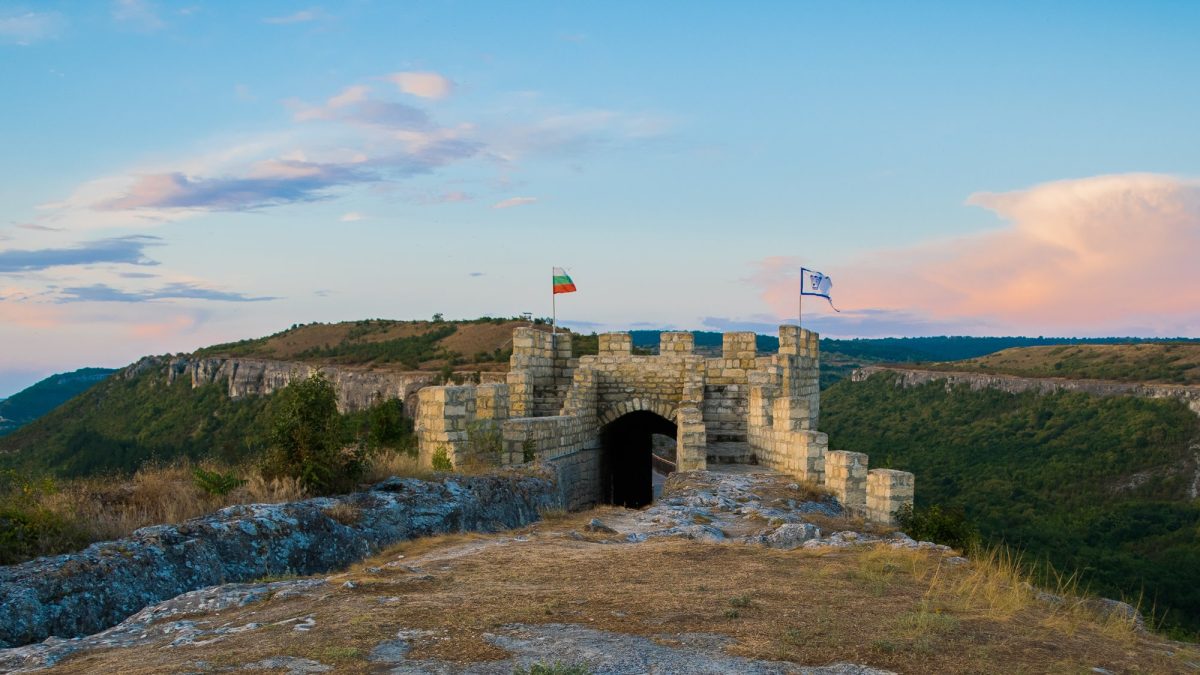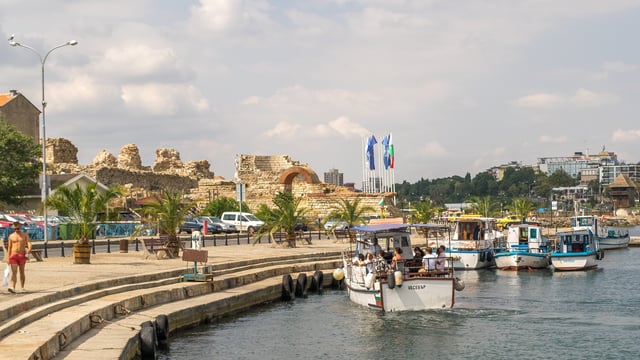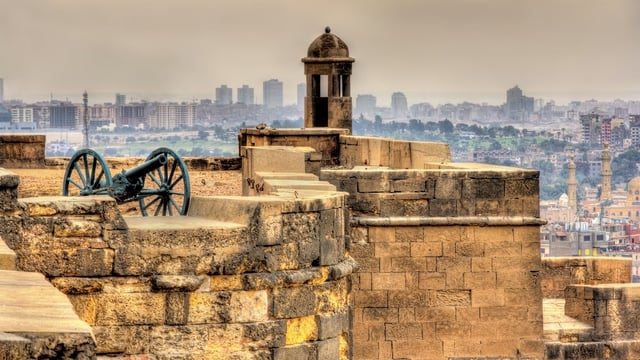With a magnificent coastline on the Black Sea, the Balkan state of Bulgaria is at the very edge of south eastern Europe. Perhaps you will not find an iconic monument to rival the Colosseum or the Parthenon, but Bulgaria has a fascinating and complex past that has been shaped by Greek, Latin, Slavic, Ottoman, Persian and Soviet influences. You will find a nation that still has a strong heritage of traditional dance, music, costumes and crafts, as well as 40,000 or so archaeological sites and cultural monuments. Consider these seven reasons to visit Bulgaria and explore over 8,000 years of history.
- Thomas Dowson
- Last Checked and/or Updated 11 January 2023
- No Comments
- Bulgaria, Travel Reports
In trying to convince you to visit Bulgaria I really should begin with a confession. Before visiting for myself recently, I thought Bulgaria was where you went if you wanted cheap, all-inclusive holidays, whether at the seaside in summer or on the ski slopes during winter. I don’t feel too guilty for holding this view because as I found travelling to and from Sofia most people think this. From the young guy who checked in my luggage at Exeter Airport for my out-bound flight, to the doctor I sat next to on my return who was on her way to the UK for a pharmaceutical conference.
Actually, there is some truth to this perception. Bulgaria is incredibly cheap to travel around, and as a result there are a lot of resorts that cater to holiday makers on a budget in both summer and winter. If this is you, you will not be disappointed with the long, sandy beaches on the Black Sea coast or the spectacular ski slopes on spectacular mountain ranges.
If it is archaeology or history that defines your travel choices, don’t let the popular perception of Bulgaria as a cheap destination put you off!
Before preparing for my first trip to Bulgaria I was aware of the Thracians. A few years ago I reported on this website the news of recent discoveries of Thracian treasures. And of course given my interest in the Roman Empire, I knew of the Province of Thracia, which largely corresponds to present-day Bulgaria. Besides the Danubian Limes (this part of the Roman Empire’s equivalent of Hadrian’s Wall), I knew nothing of the many well-preserved Roman sites accessible to the public here.
With Greece and Turkey so close it is perhaps not that surprising Bulgaria does not get more attention. But geography alone does not account for our ignorance. Since the end of the Second World War and before the end of the Cold War, Bulgaria was politically isolated from the West. Since the opening up of eastern Europe, however, this has obviously changed, which is why it now attracts more tourists. Joining the European Union in 2007 has helped to further raise the profile of Bulgaria, certainly within Europe.
So, if cultural travel is your thing, here are seven reasons why I think you should consider visiting Bulgaria sooner rather than later.
Ok It is Cheap, … but Great Value!
Yes, travelling in Bulgaria is cheap. Incredibly cheap. In small, country towns two of you can enjoy a very good two course meal with a decent bottle of Bulgarian wine and water for under €18. The same will be a bit more in Sofia and other larger towns, 30€. Even a can of coke is less than a Euro.
On my return home from Bulgaria I had an early lay-over in Berlin’s Tegel Aiport. For breakfast from a take-away stall, not a restaurant, I paid €19.10 for a small bottle of orange juice, a small bowl of mixed fruit with yoghurt, a croissant with jam, and a large cappuccino.
It may very well be cheap to travel in Bulgaria, but you will get great value for your tourist buck!

Food and drink may not be the focus of my travels, but I greatly enjoy trying and learning about local cuisines when I do travel. Bulgaria was no disappointment. Wine production has a long history here, and during the 1980s Bulgaria was the second largest producer of wine in the World. Although the wine industry all but collapsed after the end of the communist era, the country is still well known for producing some very good wine. I have found that some of the wines I tried with meals in Bulgaria are on sale in the UK at a price that equals the cost of the entire meal for two.
Traditional meat dishes are mostly pork and chicken, I rarely saw beef on the menu. My favourite aspect of Bulgarian cuisine was definitely the salads. Most meals start with a shopska salata (pictured above). A simple composite salad of tomato, cucumber, green pepper, spring onion, with a white, Bulgarian brine cheese – called sirene. Across the country the composition of a shopska salad remains the same, so aspiring and/or creative chefs tend to add their signature through presentation. I now have a mouthwatering collection of photographs showing shopska salads around Bulgaria. For a heartier version of the shopska order yourself a Ovcharska salata (shepherd’s salad), besides the tomato, cucumber and white cheese you also get ham, egg, yellow cheese, olives and mushrooms. For a few Euros this ‘shepherd’s salad is a meal in itself.
Some of Europe’s Oldest Cities
Not only do a number of Bulgaria’s cities have evidence of human occupation that extends back thousands of years, some of these cities appear to have been continuously occupied since at least the Neolithic period. Consequently, Plovdiv and Stara Zagora are amongst the oldest cities in Europe.
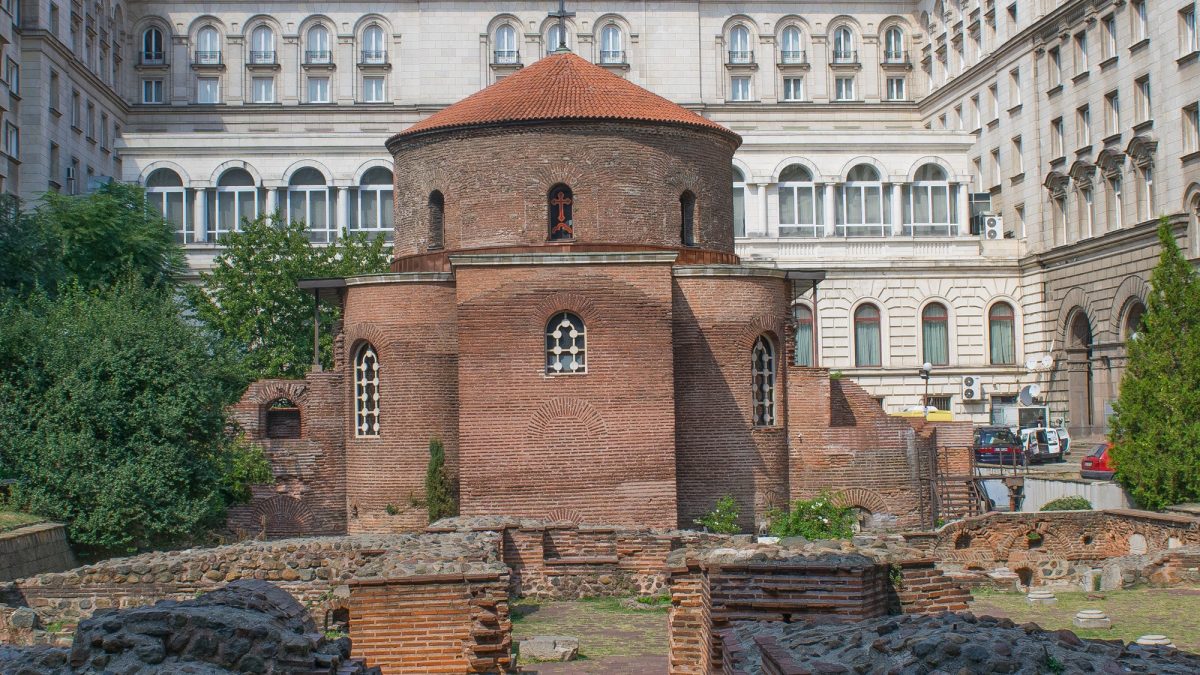
Far too often a city’s archaeological sites get destroyed in favour of development. All that is left then for visitors to these places are the recovered artefacts displayed in glass cases. A prime example of this are the recently salvaged remains of 6,600 year old canoes found near the banks of Paris’s Seine River. As usual the Neolithic site was destroyed, and now the canoes can only be seen in the Carnavalet Museum.
What makes visiting the oldest cities in Bulgaria so extraordinary is that the evidence for the earliest periods human occupation have been preserved and made accessible to the public. The Neolithic Dwelling Museum in Stara Zagora, for example, preserves in situ the remains of a two-storey house about 8,000 years old. The archaeological site was discovered during the building of the city’s hospital in the 1960s. During the subsequent rescue excavations, archaeologists found what is still regarded as one of the best preserved two-storey residential structures in Europe from the early Neolithic. And with close to 2,000 artefacts recovered, the structure is one of the richest ever recorded. On display in the museum are just a fraction of the extraordinary artefacts found in the house. Down the road from the Neolithic dwelling are the in situ remains of the Roman forum, next to the city’s opera house.
Plovdiv also has remains of a Neolithic settlement within the city limits. On the Black Sea coast, the cities of Varna, Nessebar and Sozopol have extensive remains of earlier settlements. As does the capital Sofia. In Sofia do not miss the Church of St George Rotunda, said to be the oldest building in the city. Remains of the Roman city of Serdica have been preserved at the Serdika II Metro Station.
Gold, Lots of Ancient Gold
Museum collections around the World show just how long people have been fascinated with gold. Not only are there some extraordinary collections of gold artefacts in Bulgaria’s many museums (mostly Thracian), the country also has the oldest known worked gold.
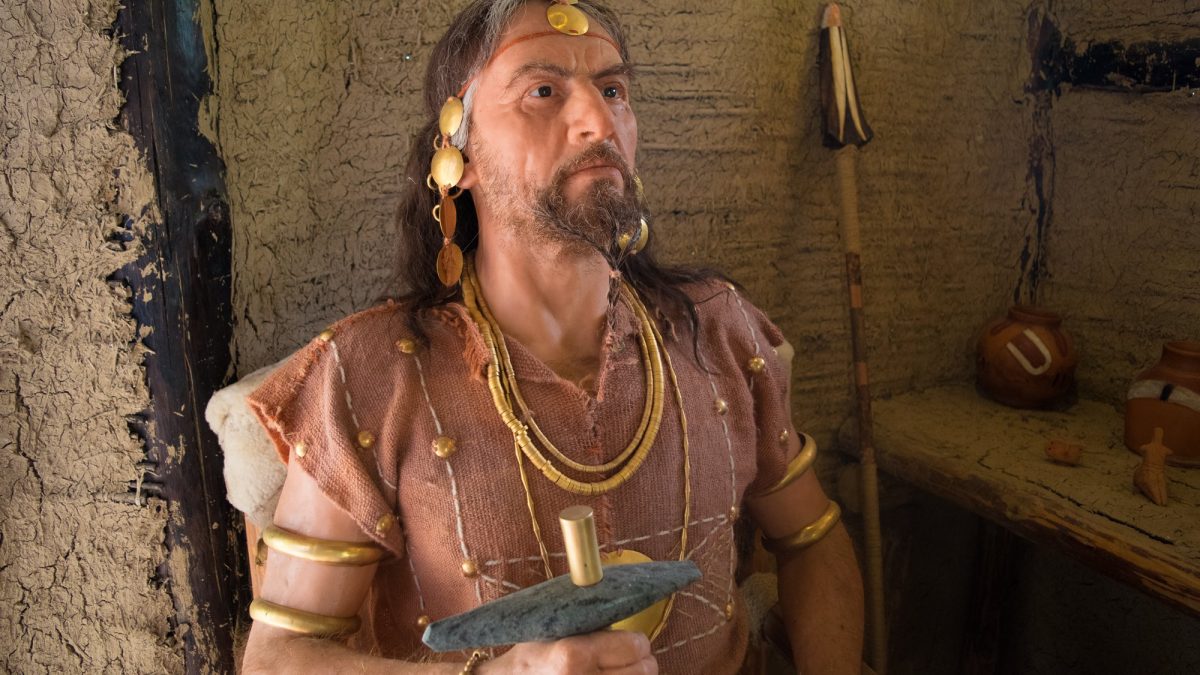
In 1972 a young man operating a mechanical digger, digging the foundations of a canning factory near Varna, made a truly sensational discovery. Archaeologists went on to excavate over 290 individual burials, thought to be only 70% of the site’s full extent. The necropolis is around 6,000 years old, what is known as the Chalcolithic period.
In just one of the burials, in which a man of 45 or 50 was interred, archaeologists found over 1,5 kg of gold artefacts, along with a number of copper and stone tools, and other valuable objects including shells from the Mediterranean. At 6,000 years old, it is widely thought that these are the oldest worked gold artefacts known. A reconstruction of the man wearing replicas of the objects he was buried with forms part of the Chalcolithic display at the nearby Neolithic Village in Neofit Rilski. Otherwise, the collection is on display in Varna’s Museum of Archaeology.
And the exciting thing is, excavations in 2015 and 2016 at a prehistoric settlement near Provadia, not that far from the Varna necropolis, has yielded further gold artefacts.
The Thracians and Their Tombs
Driving through the vast plains of the Thracian Valley in central and eastern Bulgaria you can not miss the many mounds. Most of the mounds you will see are only a few metres high, but some are much higher – as much as 20 metres. These mounds are in fact the burial mounds of the Thracians – a group of Indo-European tribes that inhabited south eastern Europe from about the middle of the second millennia BC to the 6th century AD. And it is Thracian archaeology that Bulgaria is particularly well known for.
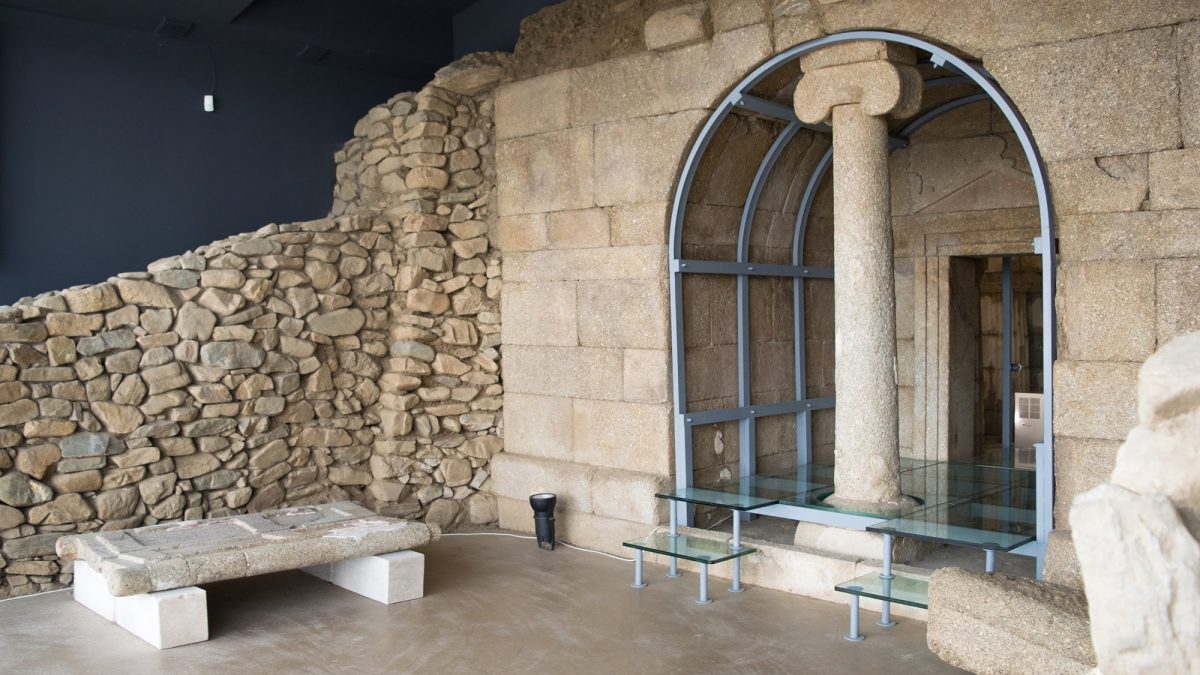


Between the towns of Kazanlak and Shipka there is a concentration of larger mounds that contain quite substantial and elaborate burial chambers. Some of these chambers have truly exquisite wall paintings. The 4th century BC paintings in the Kazanlak tomb are simply breathtaking. Sadly the tomb is not stable and has been closed to the public. A replica was constructed nearby, and like the replica of Lascaux, it is well worth visiting.
A number of these larger tombs have been excavated, and restored to enable visitors to enter the inner chambers. The tombs are well signposted and so are very easy to get to on your own. Each one is different, once you have seen one you will definitely want to see another. A visitors centre is being constructed at the Shushmanets tomb, and is scheduled to open in the spring or summer of 2017.
Besides elaborate and beautifully decorated tombs, Thracians are also known for their beautifully ornate gold and silver objects. Some of these have been found in the tombs, but the more well known collections, colloquially called ‘treasures’, have been found by farmers digging in their fields. Not only were wealthier individuals buried with their precious objects, but it appears some were buried to hide them from enemies. In all, over 80 Thracian Treasures have been found in Bulgaria, many of which can be seen in various museums around the country. A good place to start is the National History Museum or the National Archaeology Museum, both in Sofia.
Did You Know?
According to MENSA, Bulgarians rank second in the world for their intelligence tests.
• The Cyrillic script used in various alphabets across Eastern Europe and Asia is based on the Early Cyrillic alphabet developed during the 9th century AD at the Preslav Literary School in what was then the First Bulgarian Empire.
• Since Bulgaria was established in 681 AD, it is the only country in Europe that hasn’t changed its name.
• Bulgarians love yoghurt, and a favourite drink is yoghurt and water – called ayran. The strain of bacteria responsible for giving Bulgarian yoghurt its unique flavour and consistency, Lactobacillus Bulgaricus, can only be found in Bulgarian air. Bulgarians attribute their longevity to their love of yoghurt.
• One third of Bulgaria’s land is covered by forests.
• Apparently, Bulgarians nod their heads for no and shake their heads for yes. [I did not notice this!]
• Bulgaria’s national instrument is the bagpipes, gaida.
• The Rose Valley is named after the growing of roses and production of rose oil – used in the making of most perfumes. Over 70% of the World’s rose oil is produced here. A great tourist attraction is the Rose Festival; celebrated during the first week of June since 1903.
Ancient Empires and Their Forts & Castles
Apparently, there are over 6,000 fortresses, fortified settlements and castles in Bulgaria; enough to keep any visitor busy for a while! Whether you are drawn to Roman military forts, or castles and fortified settlements of the Medieval period, Bulgaria has the archaeology of not one but three Empires for you to choose from.
Like many countries in Europe, Bulgaria has its fair share of remnants of the Roman Empire. Theatres and amphitheatres are especially good for tourism. While the theatre in Plovdiv and the recently restored remains of the amphitheatre in Sofia are not as well preserved as some from the Roman world, nonetheless they are still able to convey how impressive these monuments once were.
Along the Danube River, Bulgaria’s northern border, is a system of roads, quarries, towns and fortresses that made up a Roman frontier about 471 kms in length. This is the Bulgarian section of the Danubian Limes, which starts in Bavaria and extends for some 2800 kms to the Black Sea. Once the province of Dacia (to the north of the Danube River) had been abandoned in the late 3rd century AD, the Danube River became the north eastern border of the Roman Empire. And then when the province of Thracia was abandoned by the central administration in Rome, some of the fortifications that made up the Lower Danubian Limes were reused during the Medieval period, and the First Bulgarian Empire.
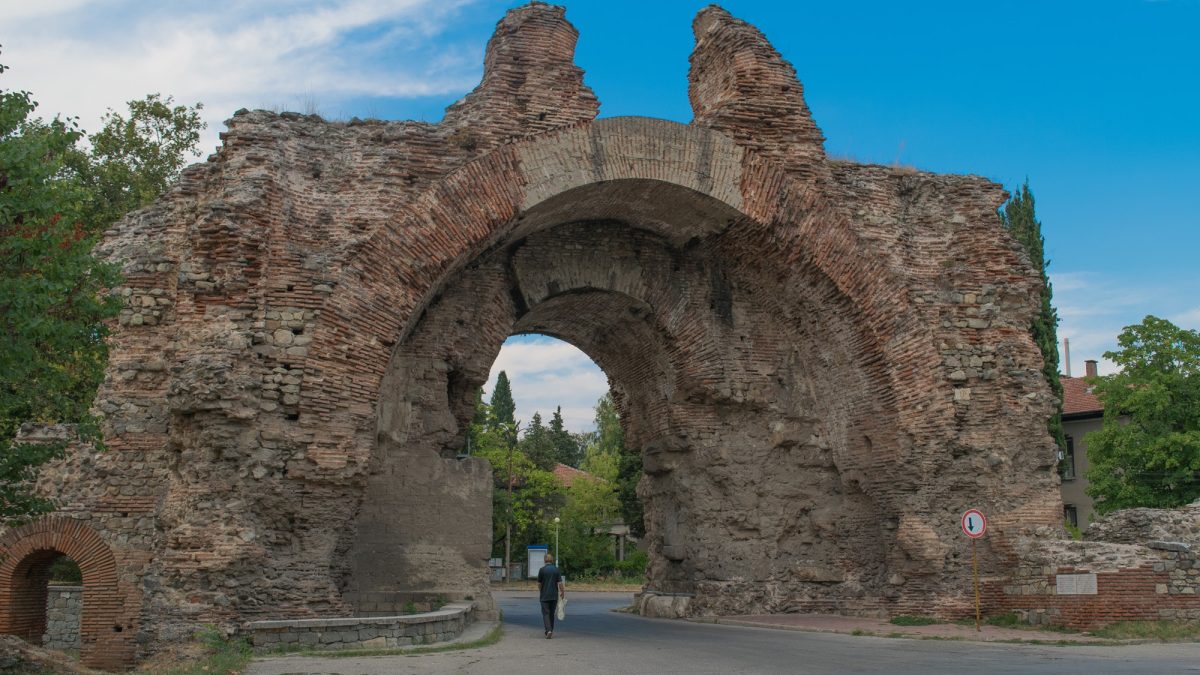

Following the fall of the Roman Empire, the Medieval Period in Bulgaria is marked by two major periods, known as the First Bulgarian Empire, and the Second Bulgarian Empire. Many of the settlements and fortified structures used by the Thracians and the Romans were refashioned by the Slavs to produce some quite striking medieval fortresses.
The fortress of Tsaravets at Veliko Tarnovo, the capital of the Second Bulgarian Empire, is one of the most popular attractions in Bulgaria after the Rila Monastery.
Mountains & Monasteries
As of 2016, Bulgaria has nine listed UNESCO World Heritage sites, with a further 16 sites on the tentative list. One of those added to the list in 1983 (and extended in 2010) is the Pirin National Park. A stunningly beautiful limestone landscape that is more than just dramatic summits, there are over 70 glacial lakes and other glacial land forms, caves and waterfalls, as well as alpine meadows and coniferous forests.
The mountains of south western Bulgaria are a popular destination throughout the year, hiking in summer and skiing in winter. In fact they have been a popular retreat for centuries, if the many monasteries are anything to go by.
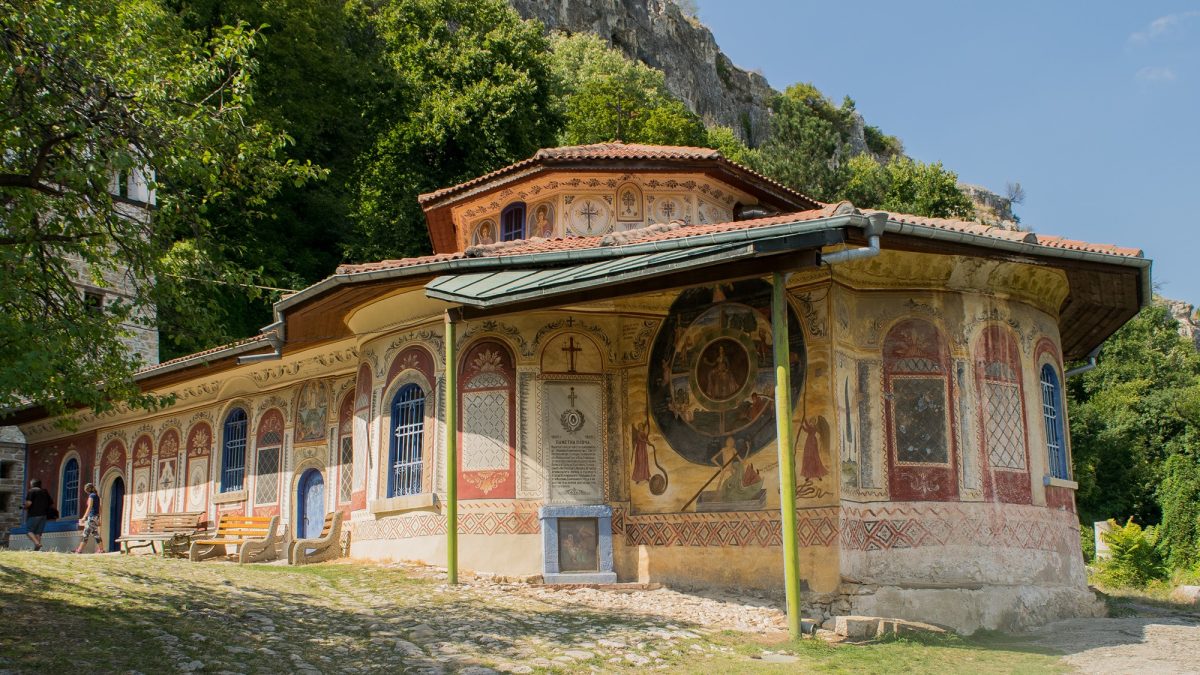
Not far from the Pirin National Park is another UNESCO listed World Heritage Site, the Rila Monastery founded in the 10th century. This monastery played an important role in the spiritual life of Medieval Bulgarians, particularly during Ottoman rule when its influenced reached all Christian nations within the Ottoman Empire. Unfortunately the monastery was destroyed by fire at the beginning of the 19th century, and then rebuilt between 1834 and 1862.
Today it is the most visited attraction in Bulgaria. Largely because the 19th century architecture is seen as a powerful expression of a Slavic cultural identity following centuries of Ottoman rule.
As my time was taken up with the archaeological sites to the east of Sofia, I did not have time to visit the Rila Monastery. But I did see beautiful mountains and I got to visit the Monastery of the Holy Transfiguration of God just north of Veliko Tarnovo. I was in my element with the extraordinary frescoes, on both the internal and external walls. I have never seen anything quite like this. And not surprisingly, the church is considered to be another example of exceptional 19th century Bulgarian Renaissance religious art and architecture.
Substantial Investment in Archaeology for Tourism
Joining the European Union has given Bulgaria access to considerable funds to promote tourism. Since 2013 around 250 million Euros have been invested in developing archaeological and historical sites for visitors. During my time in Bulgaria, a week at the end of August 2016, I got to see over 18 sites and museums from the Black Sea coast to Sofia.
Certainly, I saw extensive evidence for this investment: at a relatively remote necropolis near Malko Tarnovo on the Bulgarian-Turkish border in the east, and the restoration of Roman remains in downtown Sofia. And there are many other examples in between. One archaeological site not to miss is the ancient city of Kabyle. This is a large archaeological site, with ruins and remains from several hundreds of years spread across difficult terrain in parts. As part of an extensive programme of making this site more suitable for visitors, a walkway has been constructed next to the Roman military buildings to enable visitors to get the best view of the restored ruins.
And there are development projects that are on going. When visiting the Thracian Tomb of Shushmanets, for example, I saw the construction site for a visitors centre being built for the collection of nearby Thracian tombs, due to open in spring of 2017. Besides state/EU funded development of archaeological sites and historical attractions, there is also one substantial privately funded development.

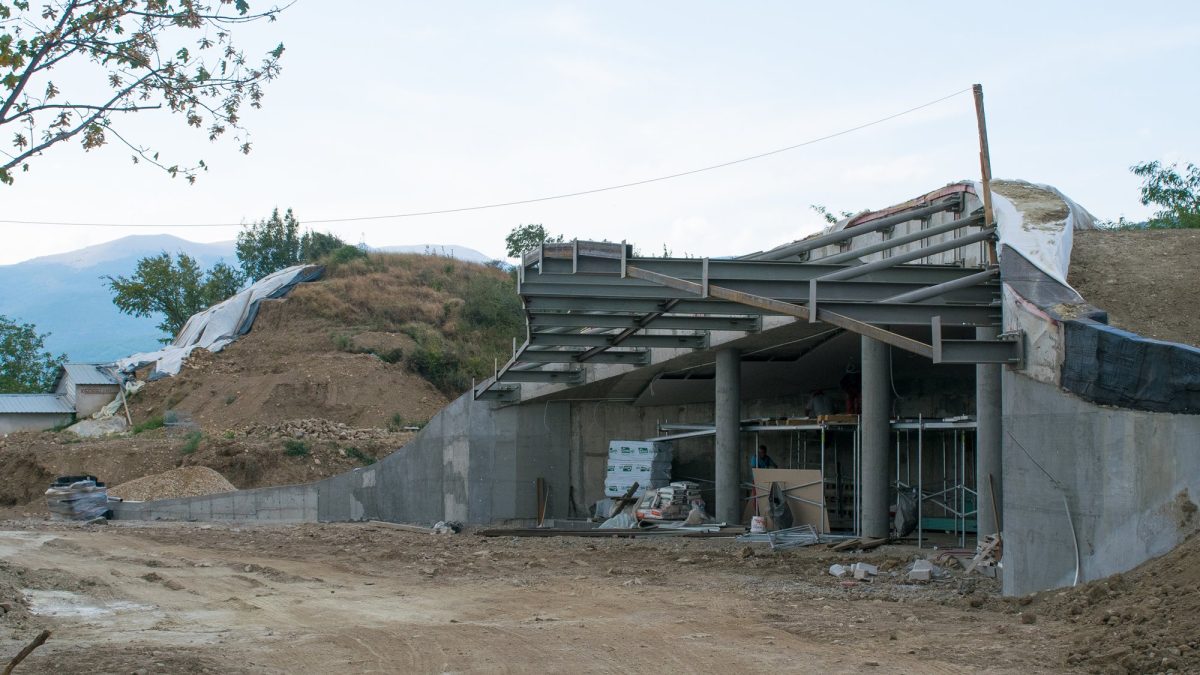
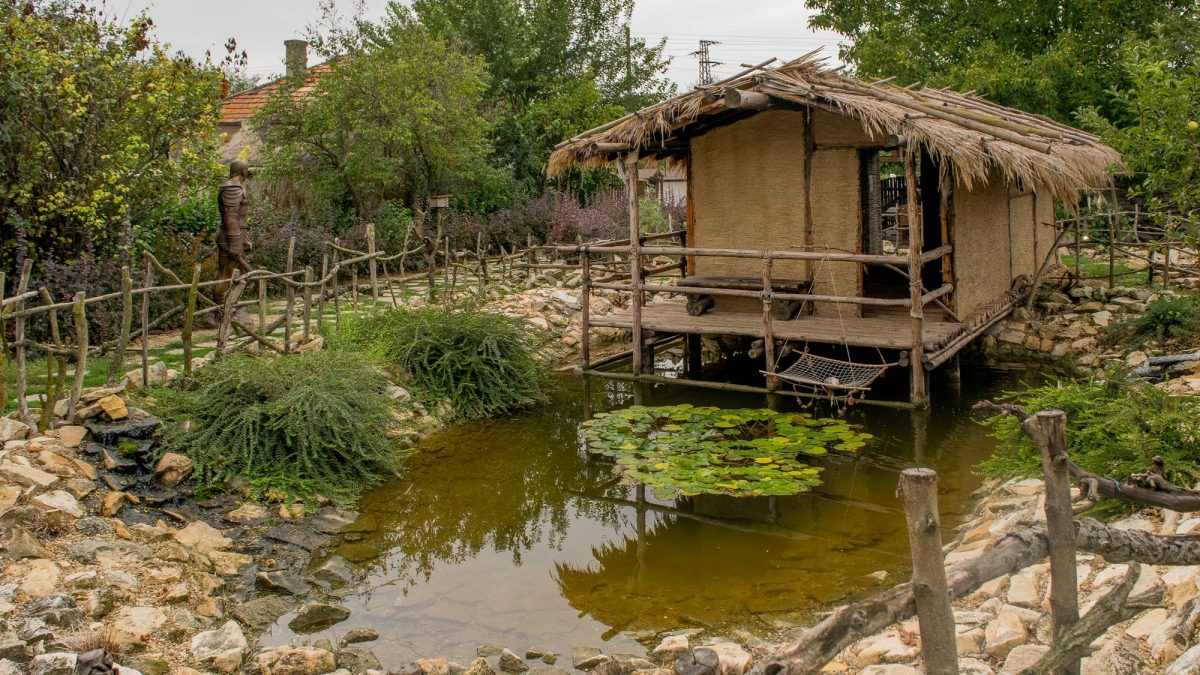
Just outside the city of Varna, is the Historical Park in the small village of Neofit Rilski. This is a privately run historical theme park that is the successor of the Neolithic Village. The main features of the park are reconstructions of major architectural features from the different periods of Bulgaria’s history from around the country. For example, the Roman period will be represented by reconstructions of the theatre in Plovdiv and the villa (including mosaics) in Devnya. On site caterers add to the experience by providing light meals and snacks that use ancient methods of food preparation. Attractions like this complement archaeological sites and museums by giving visitors a different idea of what life was like in the past.
At 130,000 square metres in size, this will be the biggest reconstructive park of its kind, and with each of the major periods of Bulgaria’s past, it is certainly the most elaborate project of its kind. But if successful, it will be a major addition to Bulgaria’s cultural and historical landscape. The first phase of this project opened in early summer of 2019.
Given the considerable sums of private and public funding being used to develop a diverse range of archaeological and historical attractions, visiting Bulgaria is a must for those who specifically travel to explore another nation’s past. Travelling in Bulgaria is not only very affordable, it is also greatly rewarding, with something to appeal to all interests and pastimes. Whether you enjoy exploring the archaeology of cityscapes, prehistory or the Classics, castles or monasteries, go visit Bulgaria now. I can not wait to return!
Want to know more? Follow this link for a more complete guide to archaeology and history sites and museums in Bulgaria
